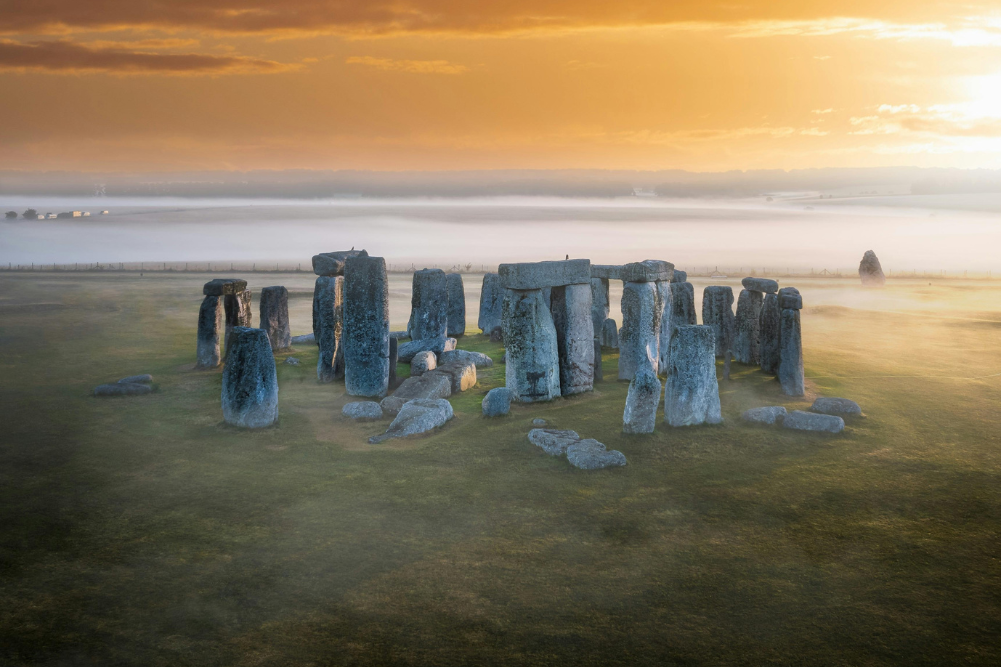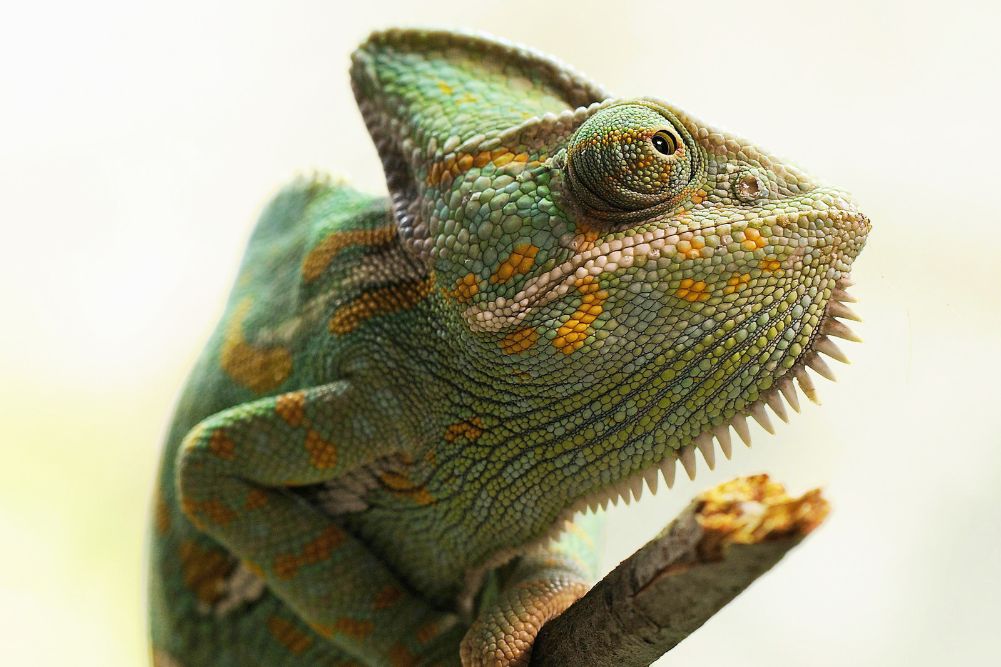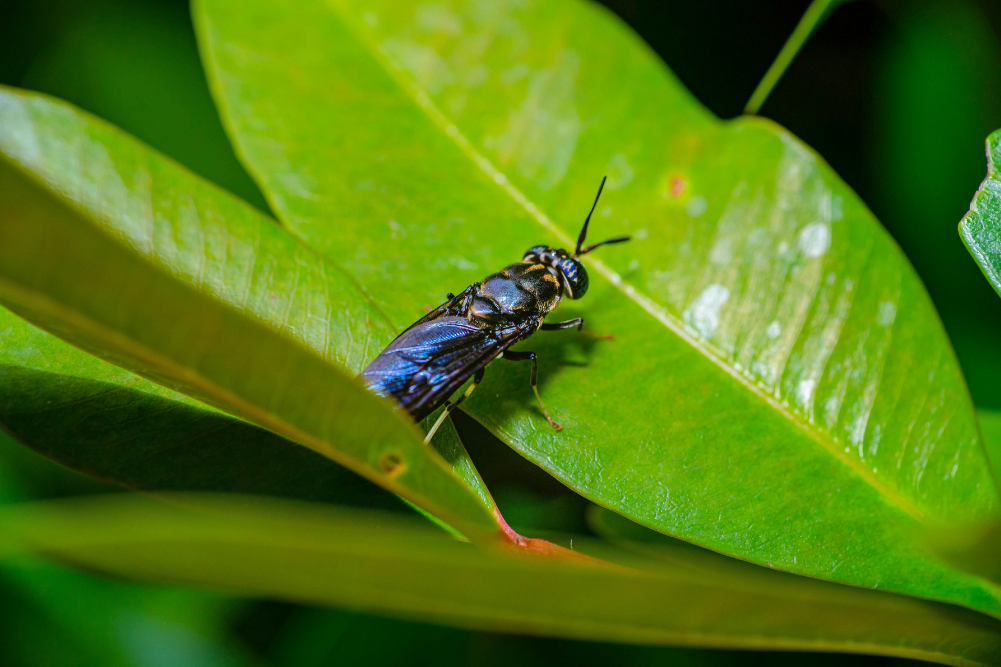Bees and population decline
It is better to be cute if you don’t want to be extinct. Alright fellows, let me put you in a situation where you have plenty resources and need to protect some animals from being extinct. Let’s say for the sake of the exercise, that you are also provided with a list of animals from which you must pick out three. The list is composed of ants, bees, beetles, dolphins, elephants, koalas, tigers and whales. Which one would you choose? I bet you that you have chosen dolphins, elephants, and koalas, or possible you picked up tigers instead of whales but it is very unlikely that you have taken ants or beetles into your preferences to be protected. How do I know? Very simple, as humans we are strongly bias to show empathy for those organisms that present some kind of human trait.
For instance animals that display some cuteness such as a panda or tarsier, or creatures that are associated with power, speed, freedom or even proud like eagles, tigers, lions and bears are more likely to capture the popular interest rather than smaller or less charismatic species such as bees, ants or beetles. So, our efforts for conservation are associated with the first group because we believe that protecting them we are contributing to the preservation of biodiversity however, most of them present a very narrow range of distribution which means that their contribution to the ecosystem is very low. On the other hand, species that are giving service for the existence of our civilization, such as bees, are in general absent from any protection because they do not fulfill the human criteria. The problem with this is that our own future is at high risk.
The best example comes from bees. Everybody knows that bees contribute to the pollination of plants and therefore, to the genetic variability among crops. Since last decade bees have presented a strange syndrome called Colony Collapse Disorder (CCD) which consists basically in the abrupt disappearance of the worker bees from their hives. This leads to the hive having no descent or very low chances of survival in the short term. The phenomenon started in Europe in 2006 and since then, it has been observed in America, Asia and Australia. Although the causes are not completely understood some of them are attributed to high level stress (e.g. transport of pollinators across U.S.), exposure to pesticide, climatic change, and parasite infections amongst others.
There is a need to assess why we are so worried about some creatures and not of others.
It is very likely that the reasons are a combination of more than one factor but the reality is that bees are dropping down seriously in species numbers as in their abundance as well. If the trends continue it is expected to observe reduction in crops and failure in pollination with losses estimated in U.S. of the order of $15 billion.
We keep saying to ourselves that we need to protect some charismatic species such as dolphins, lions and whales and please do not get me wrong, they do need protection but the only way to do it in most of the cases is to leave more free space for them which is in conflict with human growth.. There is a need to assess why we are so worried about some creatures and not of others. Are we protecting charismatic species because we want to believe that in doing so, we will be better people? Is it because we want to give a legacy to the next generation? Or simply because the particular species are cute and vulnerable? But what happens to those that provide an ecosystem service but are not so cute, for how long will we continue to ignore them?
Bees and other small, alien or creepy creatures are in need of looking after also. Pollination, recycling of nutrients, capture of nitrogen and carbon are controlled by those organisms and their loss will impact on our civilization at regional, national and global scale.










